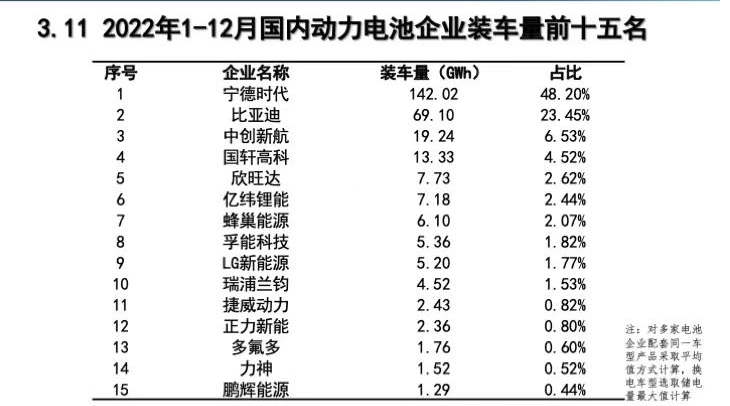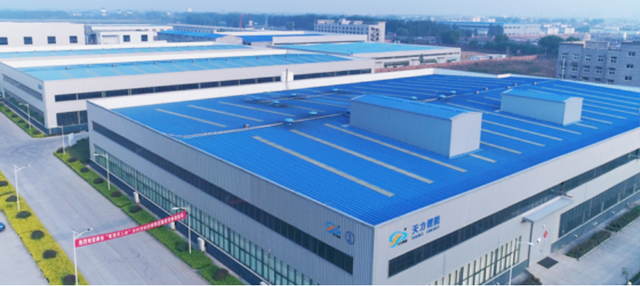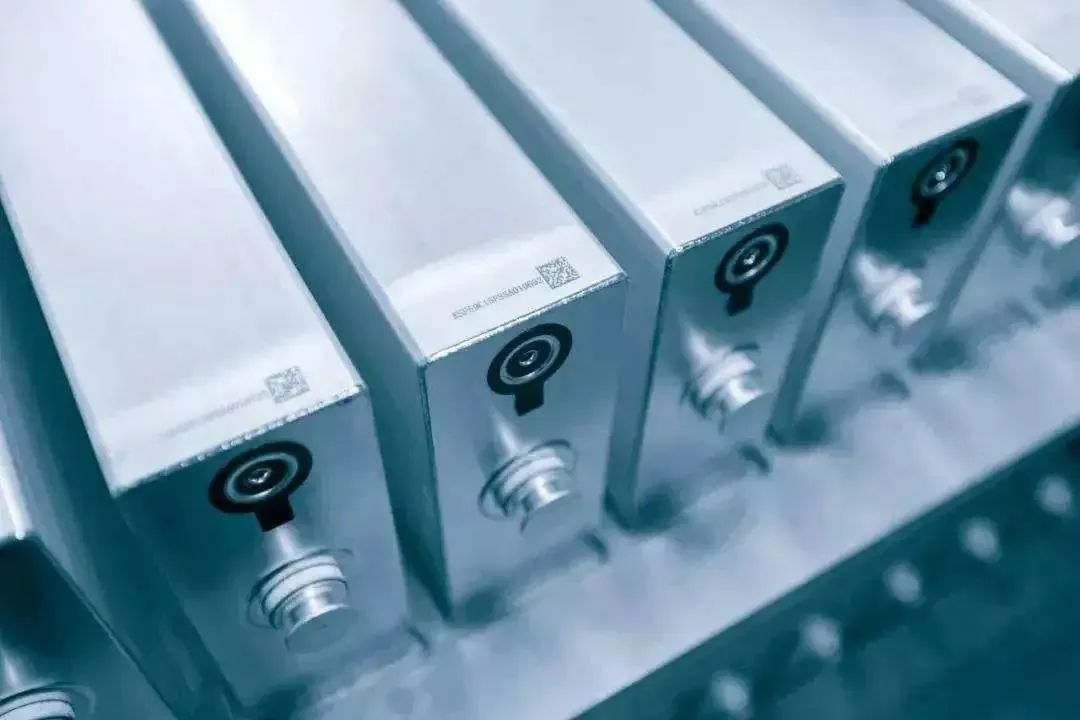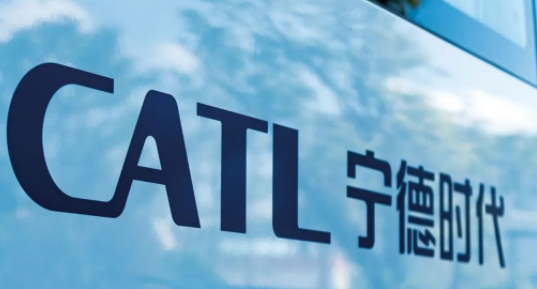Author | JingTai Zhang
Where there are people, there are rivers and lakes; where there are rivers and lakes, there are grudges.
Recently, Chinese power battery company Innovate Start received a civil judgment indicating that it should stop selling products infringing on Ningde Times’ patent rights immediately from the effective date of the judgment, compensate Ningde Times for economic losses of RMB 35.8 million, pay the temporary protection fee for the invention patent of RMB 0.798 million, and pay reasonable expenses of RMB 0.2026 million to Ningde Times within fifteen days from the effective date of the judgment.
In response to the judgment, Innovate Start clearly expressed its dissatisfaction and will continue to appeal. This is the third patent infringement lawsuit that Ningde Times has filed against Innovate Start, and previously Innovate Start also sued Ningde Times to court for its abuse of patent rights, malicious litigation and slanderous behavior of unfair competition.
In the field of power batteries, Innovate Start was the “leader” in the past and now the “second in command”, while Ningde Times is the current “leader”. The patent infringement lawsuit between the old and the new “leaders” can be described as irreconcilable conflict. It can be said that their grudges have long been set.
“Leader” turnover, rise of Ningde Times
As the core component of new energy vehicles, power batteries account for about 40% of the total vehicle cost and are the core link of the whole industry chain. Its importance is self-evident.
In early 2009, China launched the “Ten Cities and Thousand Vehicles Energy Conservation and New Energy Vehicle Demonstration Promotion Application Engineering”. This project planned to develop 10 cities each year in about 3 years, subsidize through finance, and launch 1,000 new energy vehicles for demonstration operation in each city, involving some fields such as public transportation, taxi, official business, municipal service and postal service in some large and medium-sized cities. Since then, the commercialized promotion and application of new energy vehicles has begun, and power batteries, as the most important supporting products, have also started large-scale production.
At that time, Innovate Start was still called China Aviation Lithium Battery (CALB), and its lithium iron phosphate battery had comprehensive leading advantages in safety, endurance mileage, acceleration, etc. From 2009 to 2016, CALB had been the leader in the field of power batteries, particularly in 2013, the total number of vehicle models equipped with CALB lithium batteries consistently remained the first in the new energy electric vehicle models announced by the Ministry of Industry and Information Technology, and it also rose to the top of China’s power battery installation volume. Its overseas export volume was also the first nationwide.During the heyday of CATL, the rising newcomer, Contemporary Amperex Technology (CATL), faced competition from an emerging Ningde Times (CATL’s major clients were focused on commercial vehicle enterprises). Soon after its establishment, in 2012, Ningde Times won the BMW order and became famous overnight. After that, it entered a period of rapid development.
In 2015, the Ministry of Industry and Information Technology issued “Normative Conditions for the Lithium Ion Battery Industry”. South Korean power batteries were shut out, while lithium iron phosphate batteries, with energy density far lower than that of ternary lithium batteries, were heavily hit. Ningde Times, with its technological advantage in ternary lithium batteries, became the biggest beneficiary. In contrast, due to its outdated technology and high production costs, CATL lost its market competitiveness.
While one went downhill, the other rose strongly, and this resulted in a battle for major clients. Ningde Times was the big winner during this period. Taking Yutong Bus as an example, CATL was initially the largest supplier, and Ningde Times was the newcomer. Later, the situation reversed. Then, Yutong Bus even stopped all orders from CATL and gave all orders to Ningde Times.
As a result, fortunes changed over time. In 2017, Ningde Times’ installed capacity surpassed that of BYD and Panasonic for the first time and ranked first in the world. During the same year, CATL was in trouble. Its installed capacity was only 0.509 GWh, ranking only fourteenth in the country, and its parent company, Avic Integration, reported its first loss in a decade.
From the perspective of the development of the power battery industry, during this stage, South Korean power battery companies had the potential to dominate due to their technological and product advantages in the field of ternary lithium batteries, while domestic power battery companies with phosphate lithium technology still lagged behind.
Although it seems that CATL’s decline was due to losing clients to Ningde Times, it was actually the inevitable result of its outdated technology. Ningde Times’ rise at that time was the real beginning of China’s power battery enterprises’ growth and maturity.
Rising Strong Against Adversity: The Reversal of Contemporary Amperex TechnologyIf CATL’s rise is like a cheat code, then Zhongchuang Battery is a typical rollercoaster ride. After falling to the bottom, it rallied strongly in a V-shaped rebound.
The savior was a “female hero”. In July 2018, Liu Jingyu joined Zhongchuang Battery as the CEO. She was praised as a management powerhouse like Dong Mingzhu and immediately carried out sweeping reforms. The company shifted its focus from supplying batteries for commercial vehicles to passenger vehicles, with a major emphasis on ternary lithium batteries.
Zhongchuang Battery’s transformation speed and intensity at that time were unprecedented. After entering 2019, its share of commercial vehicle battery supply was almost negligible, with passenger vehicles becoming its main battlefield.
At this time, Ningde Times had already established a dominant position in the passenger vehicle battery market, occupying more than half of the entire market. However, due to its strong leading position in the market and the supply-demand imbalance of batteries, Ningde Times was very aggressive in working with many automakers, causing dissatisfaction among some vehicle manufacturers.
In this situation, many vehicle manufacturers had to consider supply chain security and start supporting “second-tier” or even “third-tier” suppliers. Zhongchuang Battery, which had just recently improved, seized this rare opportunity and began to compete with Ningde Times for major clients with its superior product cost performance.
For example, Guangqi Passenger Vehicle was originally a joint client of Ningde Times and Zhongchuang Battery, and in terms of supply volume, Ningde Times was higher than Zhongchuang Battery. However, the more “obedient” Zhongchuang Battery has replaced Ningde Times as the top supplier.
More companies, such as GAC Toyota, GAC Honda, Wuling Hongguang MINI EV, Geometry Automobile, Smart, and XPeng Motors, have all signed designated supplier agreements with Zhongchuang Battery, among which many have abandoned Ningde Times and switched to Zhongchuang Battery.
Zhongchuang Battery’s market share has been gradually increasing year by year. In 2018, Zhongchuang Battery entered the top ten of the domestic passenger vehicle power battery installation ranking, ranking ninth. In 2019, it rose to sixth, and in 2020, it further rose to fourth. In 2021, Zhongchuang Battery was officially renamed ZhongChuang Innovation Aviation and has moved up to the third position.
In contrast, while Ningde Times still maintains its position as the leader, it has lost some market share to Zhongchuang Innovation Technology (CATL) which has taken away many of its customers.
Data shows that in 2022, Ningde Times continues to lead the market with a share of 48.2%, a 3.9% decrease compared to the previous year, while CATL ranks third with a share of 6.53%, a 0.63% increase year-on-year.

Faced with the challenge from CATL, Ningde Times, which has the advantage of leading technology, has clearly felt anxious about maintaining its market position. To defend its market status, it has launched a counter-attack through “intellectual property protection”. From now on, the dispute between it and CATL has entered a “white-hot” stage.
From the perspective of the development of the power battery industry as a whole, while the “leading” position of Ningde Times is under attack in this stage, in essence, it is the collective rise of Chinese power battery enterprises due to the conventional operation of “de-Ningde-ization” by automakers. Competition is the driving force of development.
Litigation between the two sides Who will win?
The patent dispute between Ningde Times and CATL began in 2021. In July of that year, Ningde Times sued CATL in the Intermediate People’s Court of Fuzhou City, Fujian Province, accusing CATL of infringing on five of its patents, including “positive electrode plate and battery”, “explosion-proof device”, “collecting components and battery”, “lithium-ion battery”, and “power battery cover structure and power battery”, and demanding a compensation of ¥185 million. Moreover, Ningde Times also sued CATL for unfair competition.
In May 2022, Ningde Times increased the claimed compensation amount for the five patented infringements to ¥518 million. In August, Ningde Times sued CATL again for the infringement of one patent, demanding a compensation of ¥130 million.
 Based on the judgments made by the court so far, CATL has achieved “partial victory”, while EVE Energy has always maintained a “resolute attitude to fight to the end” and appealed or counterclaimed from the beginning.
Based on the judgments made by the court so far, CATL has achieved “partial victory”, while EVE Energy has always maintained a “resolute attitude to fight to the end” and appealed or counterclaimed from the beginning.
The two leading Chinese power battery companies are engaged in an intense patent dispute, but this has not affected their further steps to seize the domestic and global markets.
Currently, CATL has twelve production bases globally, including two overseas factories in Germany and Hungary, the former of which was put into operation this year.
EVE Energy is also actively expanding its overseas markets. In November last year, it signed a memorandum of understanding with AICEP Global Parques, a Portuguese investment institution, to purchase land use rights in Portugal and build a zero-carbon battery factory.
In the ranking of global power battery installations in 2022, both CATL and EVE Energy are among the top ten. Among them, CATL undoubtedly won the championship with an installed capacity of 191.6GWh, accounting for 37% of the global market share and ranking first in the world for six consecutive years. EVE Energy had an installed capacity of 20GWh, accounting for 3.9% of the global market share, and ranked seventh globally.

Overall, Chinese power battery companies represented by CATL, BYD, and EVE Energy have occupied more than 60% of the global power battery market share, and this market will continue to develop rapidly.
The mutual litigation between CATL and EVE Energy is comparable to that between Wang Lao Ji and Jia Duo Bao in the past. Regardless of the final litigation result, the attention and market enthusiasm of the two companies continue to rise. This legal competition has no losers, but there will also be no ultimate winner.
This article is a translation by ChatGPT of a Chinese report from 42HOW. If you have any questions about it, please email bd@42how.com.
